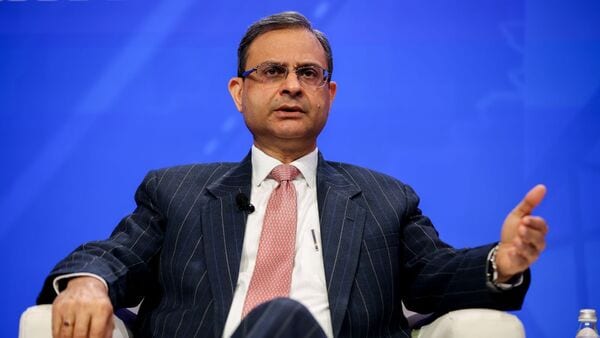Key Takeaways
- RBI maintains cautious stance on cryptocurrencies while promoting UPI, NEFT and digital rupee
- India’s existing payment infrastructure eliminates need for crypto solutions required in other countries
- Rupee depreciation reflects market forces, not RBI intervention
- Inflation targeting band of 2-6% remains appropriate for India’s economy
India will continue its guarded approach toward cryptocurrencies and stablecoins while aggressively supporting domestic digital payment systems like UPI, NEFT and the digital rupee, according to Reserve Bank of India governor Sanjay Malhotra. The central bank believes India’s robust digital payment infrastructure already addresses the gaps that advanced economies are trying to fill with new cryptocurrency regulations.
Speaking at the Delhi School of Economics, Malhotra emphasized India’s payment system advantage: “Our country is different from the US in the sense that we have a very sound system of payments. We have the UPI, we have the NEFT and the US does not have to the extent and scale that we have… So the domestic payments problem, the issues they have, are not there with us.”
Digital Rupee as Crypto Alternative
While warning about risks from private crypto assets—including volatility and potential systemic spillovers—the RBI is expanding trials of its central bank digital currency (CBDC). “We are promoting and experimenting with the CBDC, which is backed by the central bank, the RBI, as an alternative for payments in our country, and more importantly, for full-value and cross-border payments,” Malhotra stated.
The final decision on private cryptocurrency regulation rests with the government, the governor clarified. “The government has to take a view… they will take a final call as to how, if at all, crypto is to be handled in our country.”
Rupee Movement Reflects Market Forces
Malhotra dismissed concerns about the rupee’s recent weakness against the US dollar, asserting that currency movements reflect market dynamics rather than RBI intervention. “We do not target any level… It’s for the markets to decide,” he said.
Exchange rate fluctuations are primarily driven by dollar demand from trade and capital flows, according to the central bank chief. “If the demand for dollars goes up… then it depreciates. If the demand comes down, then it appreciates. That’s the simple answer.”
The Indian rupee has depreciated approximately 5% against the US dollar over the past year, currently trading around ₹88.7-88.8. Malhotra attributed recent pressure partly to expectations from tariff adjustments and their potential impact on the current account.
Expressing confidence in India’s external resilience, the governor highlighted foreign exchange reserves of approximately $690 billion. “A good trade deal (with the US), hopefully, going forward… should relieve whatever pressure has been there on our current account,” he added.
Inflation Framework Remains Appropriate
Malhotra reaffirmed that India’s flexible inflation targeting framework, with its 2-6% band, remains suitable for an economy vulnerable to food price shocks. “We have a band. We do not have a point target with a band,” he explained, noting that the wider corridor accommodates high food component and price volatility.
The governor declined to comment on potential revisions to the inflation band, stating it would be “inappropriate” while the review process is ongoing.
Shift Toward Principles-Based Regulation
A significant portion of Malhotra’s address focused on the RBI’s transition from rigid rule-making to principle-driven regulation while maintaining supervisory clarity. Supervisors are expected to interpret regulations based on both wording and underlying intent.
The shift requires substantial capacity building and follows a gradual implementation approach. “We start small. We make humble beginnings. We take baby steps,” Malhotra said, citing the pilot of expected credit loss framework with NBFCs before system-wide expansion.
To prevent regulatory stagnation, the RBI conducts periodic reviews of its framework. “Every five, seven years… I am going to look into those regulations and see whether you actually need them,” the governor concluded.




